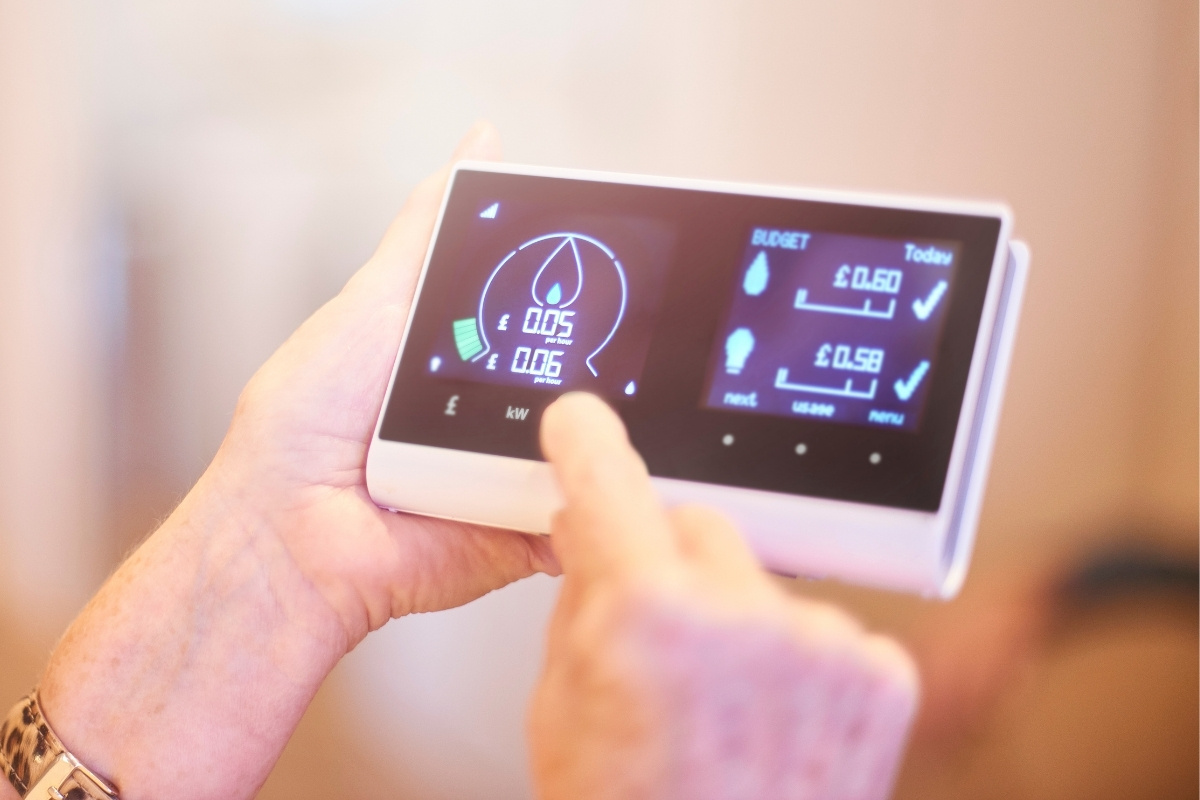Energy prices are going up – so get your bills going down

There are many factors to blame. The rapid economic bounce back, a bitter winter and uncertainty about supplies from Russia – but whatever the causes, the wholesale price of gas has gone up by a staggering 250%.
The UK has been particularly hard-hit by all of this as 85% of British homes are run on gas central heating – and many electricity generating stations run on gas too.
It all means a cost of living crisis. Energy bills could be going up by as much as £600 for the average household.
But there is a way to avoid that increase. A permanent solution to lower bills is by reducing energy demand through increased energy efficiency. Cutting the amount of gas and electricity we use means cutting those bills down to size. We are looking at ways to do just that – which will keep your home warmer too.
Put foil behind your radiators.
Your radiators warm the wall behind them as well as your room and the air in it. Putting foil behind your radiators helps reflect heat back into your home where you need it, with less escaping through the walls.
You can buy special radiator foil in DIY stores - eight metres of this costs £18 at Wickes. Alternatively, you could try a layer of cardboard covered with ordinary kitchen foil, which will cost much less, and could be easier to fit, with no need to take the radiator off.
Fit thicker curtains
Even the best double glazed windows still cool the room down. Thermal curtains work by trapping cold air between the fabric and the window, stopping it from entering the room.
These come in all sorts of colours and can cost from £25 upwards per window, Dunelm has a 20% discount at time of writing and it is always worth searching the internet.
Alternatively you can stitch thermal lining to any fabric you like – even your existing curtains.
Use a draught excluder
The humble draught excluder really does work. Fitted at the bottom of doors, they help stop cold air from entering rooms. Your grandparents probably had one (usually in the shape of a sausage dog) but these days you can get something a little more hi-tech. You can buy a range of door brushes from DIY stores which fill the gaps, beat the icy blasts – and have the big advantage of not having to be moved before you can open the door.
They can also plug gaps all around the door, not just at the bottom.
Plug your chimney (but only if you don’t use it)
If your house has chimneys, your warm air will be making its way up them.This causes cold air to be pulled in from other gaps, causing cold draughts and wasting your energy. If you don’t use them for an open fire you can block them off.
You can fix this with a chimney balloon, which inflates inside the flue to seal it off and stop the cold entering. Simply inflate a little, locate in in position, then inflate it until it holds itself in place. Make sure you unblock the chimney if you ever want to light the fire to avoid the risk of smoke and poisonous carbon monoxide building up - as well as the obvious fire risk. You can simply deflate it and put it away until you need it again.
These cost from around £15 from DIY retailers. You can achieve the same effect with a thick bin bag stuffed with bubble wrap.
Lag the loft
An uninsulated loft means your expensive heat escapes through the roof. Insulate the loft and the heat is trapped, keeping your property - and you – warm.
The astonishing thing is that as much as a quarter of your home heat can escape this way. Even more astonishing is how easy it can be to fix. As long as your loft can be accessed and has no problems with damp, it should be simple to insulate by using mineral wool or special boards, all of which can be bought from DIY shops. You just lay them in place - you may be able to feel the difference right away.
There is a guide on how to do this from the Energy Saving Trust,.
How much can you save?
Households could save £500 a year each on energy bills through better insulation, according to the Energy Efficiency Infrastructure Group (EEIG).
You may be able to save even more by turning down the thermostat and only heating the rooms you actually use.
The savings add up. You could find yourself beating that £600 increase in your energy bills with a little extra effort!






